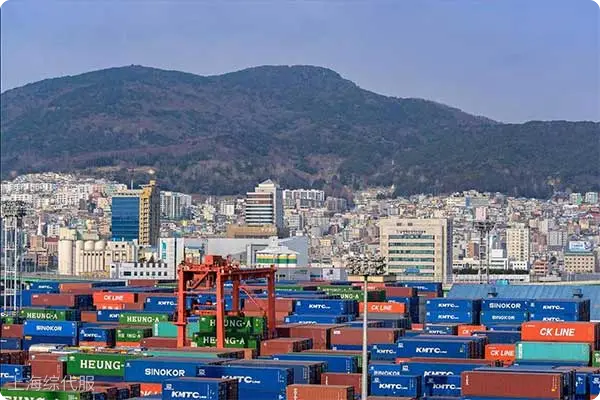South Korean port customs refers to the process of importing and exporting goods for clearance procedures and inspection procedures in South Korean customs.
- Arrival ports: Goods arrive at Korean ports, which can be shipped by sea, air or land.
- Storage and unloading: the storage and unloading operation of goods at the port, depending on the nature of the goods and the mode of transportation, may require the use of machinery, forklifts and other equipment.
- Customs declaration: the importer or hiscustoms clearanceIt is necessary to submit import declaration documents to the customs of South Korea, including detailed goods information, commercial invoices, packaging documents, transportation documents, etc.
- Customs inspection: Customs will inspect some of the goods to verify the accuracy of the declared information and the conformity of the goods.
- Inspection and sanitation procedures: For certain categories of goods (such as food, medicine, cosmetics, etc.), inspection and sanitation procedures may be required.The relevant departments will conduct inspection, sampling, testing and other procedures for goods to ensure that they meet relevant standards and regulations.
- Payment of customs duties: Depending on the classification and customs duties of the goods, the importer must pay corresponding customs duties and other taxes.The calculation of customs duties is based on the declared value of the goods, the tax rate and other applicable provisions.
- Approval of imports and discharges: After completion of procedures such as declaration, inspection, inspection and customs clearance, the Customs will approve the import of goods and discharge the goods, allowing them to enter the territory of Korea or continue to transport to the destination.
It is worth noting that certain special goods may require additional licenses, certificates or special approval procedures, such as military goods, controlled chemicals, animals and plants and their products, etc. In addition, the customs customs process in South Korea may vary according to different ports and types of goods, and importers should understand and comply with relevant regulations according to the specific circumstances.
South Korean customs customs customs customs customs customs customs customs customs customs customs customs customs customs customs customs customs customs customs customs customs customs customs customs customs customs customs customs customs customs customs customs customs customs customs customs customs customs customs customs customs customs customs customs customs customs customs customs customs customs customs customs customs customs customs customs customs customs customs customs customs customs customs customs customs customs customs customs customs customs customs customs customs customs customs customs customs customs.



 Follow customer service WeChat
Follow customer service WeChat